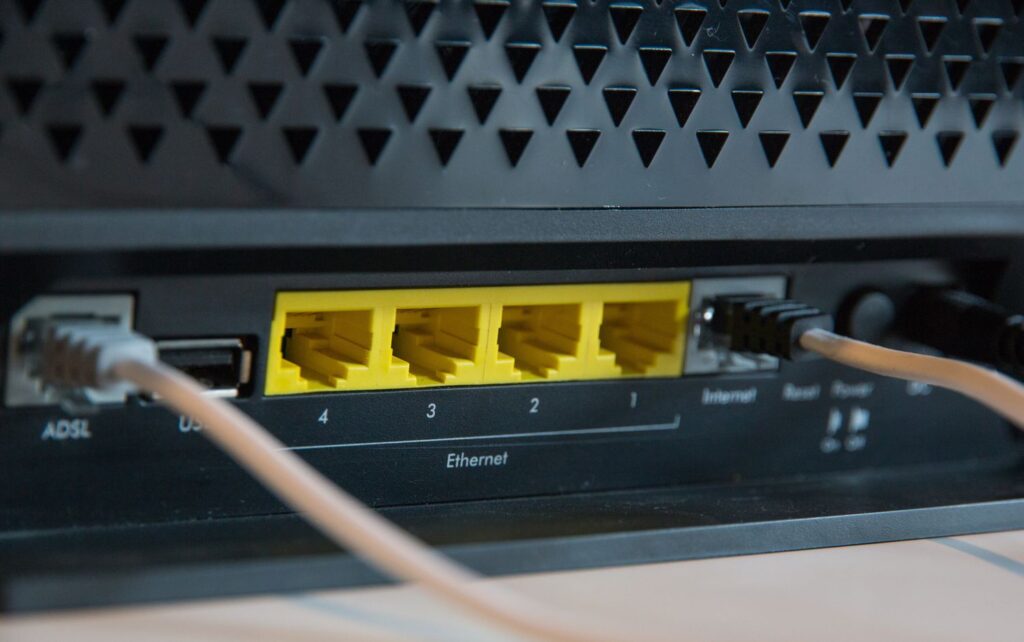
Wired and wireless networking are two different approaches to establishing a network connection between devices and enabling communication and data transfer. Here’s some information about wired and wireless networking:
Wired Networking:
Wired networking involves connecting devices using physical cables or wires, typically Ethernet cables.- Ethernet cables are used to establish a wired connection between devices, such as computers, routers, switches, and servers.
- Common types of wired networks include Local Area Networks (LANs), where devices are connected within a limited area, and Wide Area Networks (WANs), which connect devices over longer distances.
- Wired networks offer high data transfer rates, low latency, and a more stable and reliable connection compared to wireless networks.
- Ethernet-based wired networks commonly use standards like Cat 5e, Cat 6, or Cat 6a cables, with data transfer speeds ranging from 100 Mbps to 10 Gbps.
2. Wireless Networking:
- Wireless networking utilizes radio waves to establish network connections between devices without the need for physical cables.
- Wireless networks rely on wireless access points or routers that transmit and receive data signals wirelessly.
- Devices connect to the wireless network using wireless adapters, which can be built-in or added externally to devices like laptops, smartphones, and tablets.
- Wi-Fi (Wireless Fidelity) is the most commonly used wireless

- technology for local wireless networks within homes, offices, and public spaces.
- Wireless networks offer convenience, mobility, and flexibility, allowing users to connect to the network from different locations within the network’s coverage area.
- Wi-Fi standards, such as 802.11a, 802.11b, 802.11g, 802.11n, 802.11ac, and 802.11ax (Wi-Fi 6), define the data transfer rates and features supported by wireless devices.
3. Factors to Consider:
- Speed and Bandwidth: Wired networks generally offer higher speeds and bandwidth compared to wireless networks, making them suitable for applications that require intensive data transfer, such as video streaming or large file transfers.
- Reliability: Wired networks provide a more stable and consistent connection, as they are not subject to interference from other wireless devices or physical obstacles.
- Mobility: Wireless networks allow for greater mobility, enabling users to connect to the network without being physically tethered to a specific location.
- Installation and Maintenance: Wired networks require the installation and management of physical cables, which can be more complex and time-consuming compared to wireless networks.
- Security: Wired networks are generally considered more secure because they are not as vulnerable to wireless signal interception or unauthorized access. However, proper security measures should be implemented in both wired and wireless networks.
In many cases, a combination of wired and wireless networking is used to optimize network performance and accommodate different connectivity needs. For example, wired connections may be preferred for devices that require high bandwidth or are stationary, while wireless connections are more suitable for portable devices or areas where cable installation is impractical. The choice between wired and wireless networking depends on factors such as the network requirements, infrastructure, budget, and the specific use case.
